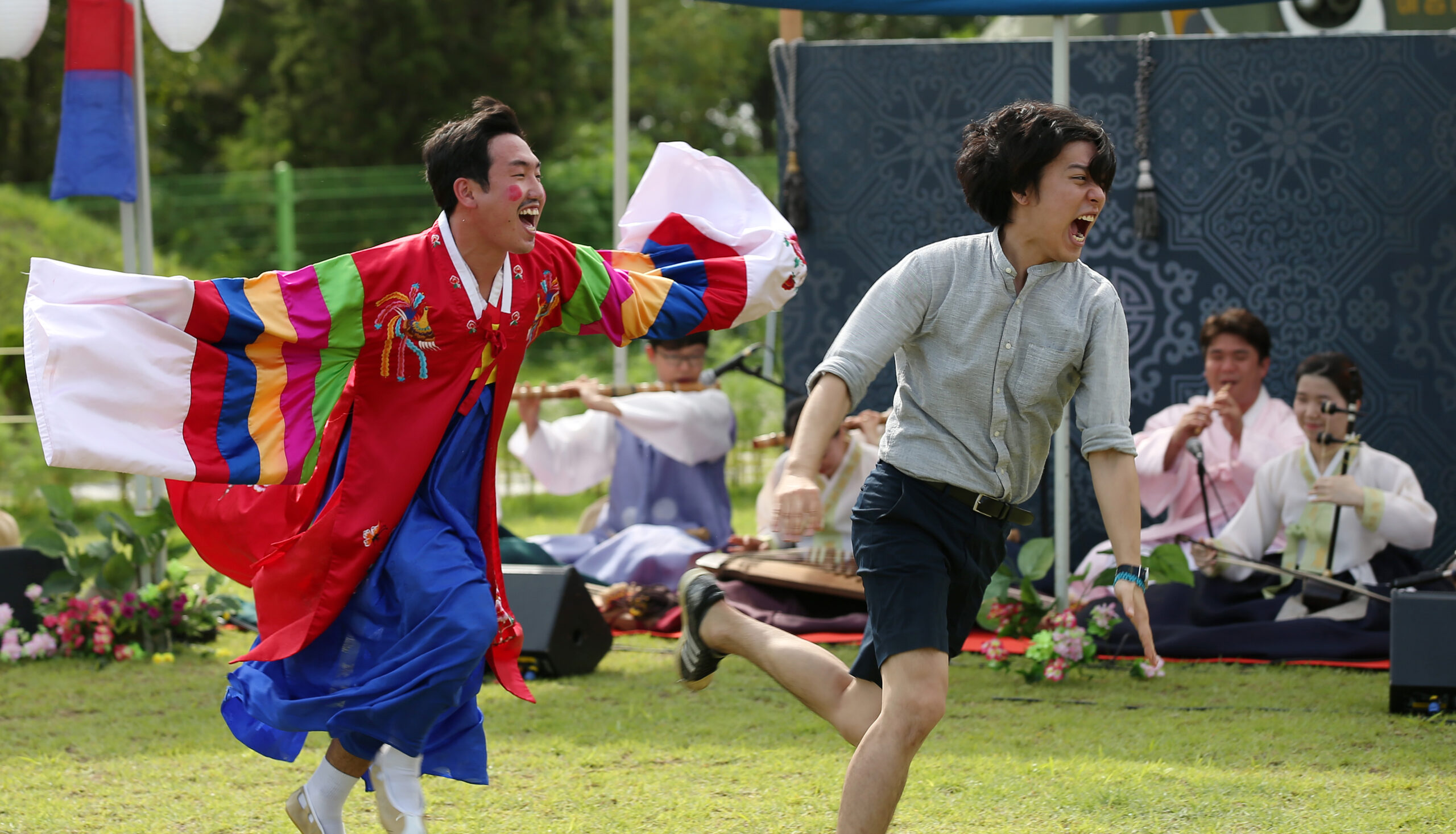Photo credit: Jeon Han
Context:
Peace talks between North and South Korea have continued partially due to the massive support from civil society and grassroots activists. Peace research has shown the influence civil society has on both social and political issues-the more people come together in support of peace on the Korean Peninsula, the harder it becomes for world leaders to disagree.
In The News:
“The leaders of North and South Korea are meeting in Pyongyang this week to discuss the possibility of a peace treaty to end the decades-long conflict dividing the Korean Peninsula. This marks the third meeting between North Korean leader Kim Jong Un and South Korean President Moon Jae-in since April, when the leaders famously shook hands across the Demilitarized Zone, or DMZ, separating the two countries.”
“Among the most important developments for the peace movement in the last year is the formation of broad coalitions. According to international scholar-activist Simone Chun, 2018 marked ‘the first time we saw a formidable, sustaining coalition with major American peace activists and the Korean activist communities.’ These coalitions have allowed actors to coordinate strategically in pushing for clear goals, like a formal declaration ending the Korean War and sustained diplomacy on a path to peace. These coalitions have also been key in elevating a range of voices, particularly those of Koreans, women and people of color, who have often been marginalized from the mainstream policy debates in Washington D.C. Korea Peace Network, or KPN, is one of the key U.S.-based coalitions promoting peace on the Korean Peninsula. Spearheaded by the American Friends Service Committee, Peace Action and Korean-American peace activist Christine Ahn, KPN works to educate and organize Korean peace activists around the country, from birddogging congressional candidates to hosting webinars and strategizing sessions. In June, the network organized an action called KPN Advocacy Days, which saw a group of advocates from KPN visit Capitol Hill to meet with key legislators, like members of the Armed Services Committee, to promote negotiations with North Korea.”
Support From Peace Science:
- Religious civil society leaders contributed to the Korean peace process in the 1990s.
- Civil society leaders have access to top-level (political) leadership as well as their grassroots constituents (vertical capacity).
- Civil society can use professional or religious associations to cut across the lines of conflict (horizontal capacity).
- Religious civil society actors can re-frame issues outside of the common conflict narrative.
In international conflicts, the focus is usually on “Track One” diplomacy, the official negotiations between high government officials or military leaders. By examining who civil society actors are, we can broaden our understanding of diplomacy to include those efforts that take place at multiple levels and thereby address the conflict more comprehensively. The so-called “multi-track diplomacy” framework includes official and unofficial conflict resolution efforts, citizen and scientific exchanges, international business negotiations, international cultural and athletic activities, and other international contacts and cooperative efforts. The nine specific tracks, which produce a synergy in peacebuilding, are public opinion and communication; government; professional conflict resolution; business; private citizens; activism; religion; funding; and research, training, and education.
We need to identify and encourage civil society organizations that have the capacity to build vertical and horizontal relationships for sustainable peacebuilding. This study has shown how religious actors used their beliefs about how we should behave toward each other in the context of Korean peace and unification efforts. As the author notes, this is an already existing opening for the present-day situation. When considering the multi-track diplomacy framework, we can identify civil society organizations like Rotary International, whose commitment to peace, goodwill, and understanding is in their institutional DNA. Many Rotarians worldwide are dedicated to peace and have the capacity for horizontal and vertical engagement as discussed in this research. Civil society service organizations like Rotary International and its individual members can cooperate with professional peacebuilding organizations, such as the ones found in the Alliance for Peacebuilding, to achieve synergy.
Lastly, civil society expert Thania Paffenholz outlines some functions for civil society actors in peacebuilding. These are protection; monitoring; advocacy and public communication; in-group socialization; social cohesion; intermediation and facilitation; and service delivery.
References:
- “How grassroots activists made peace with North Korea possible” By Sarah Freeman-Woolpert for Waging Nonviolence. September 20, 2018
- Peace Science Digest Vol. 2, Issue 5 “The Peacebuilding Role of Religious Civil Society Initiatives in the Korean Peninsula”

